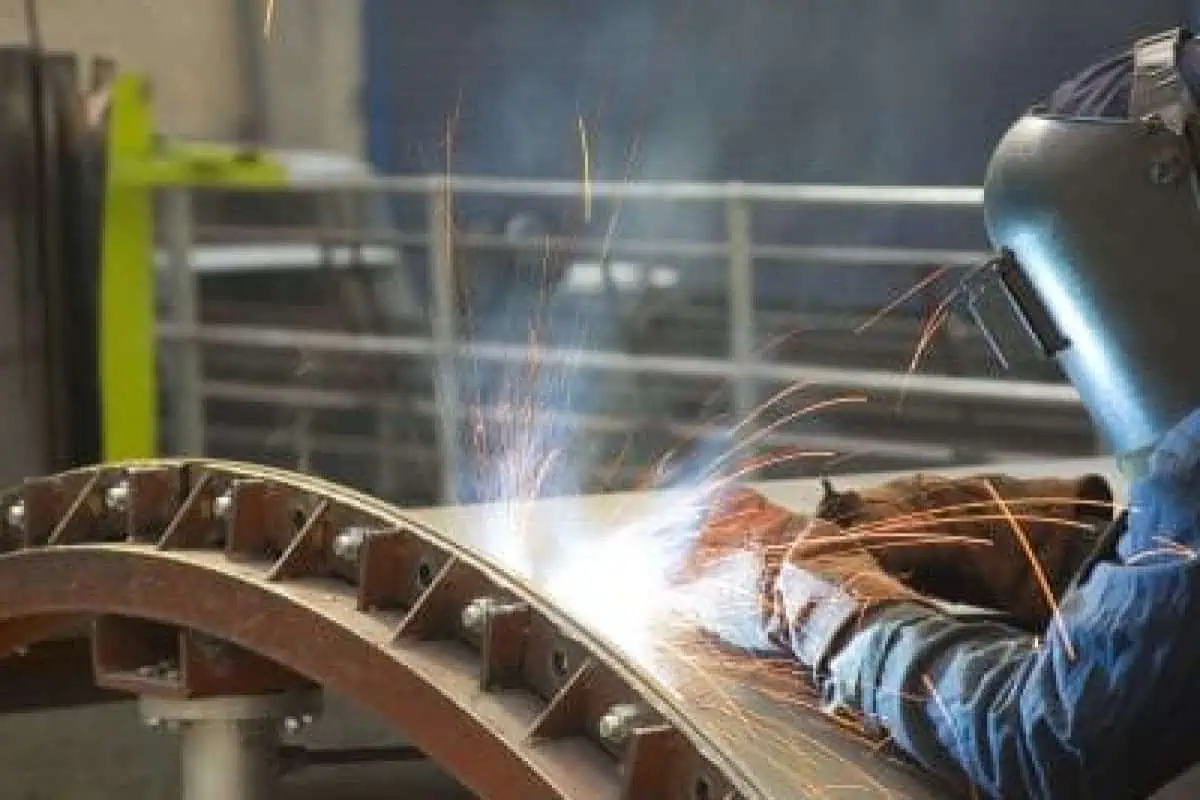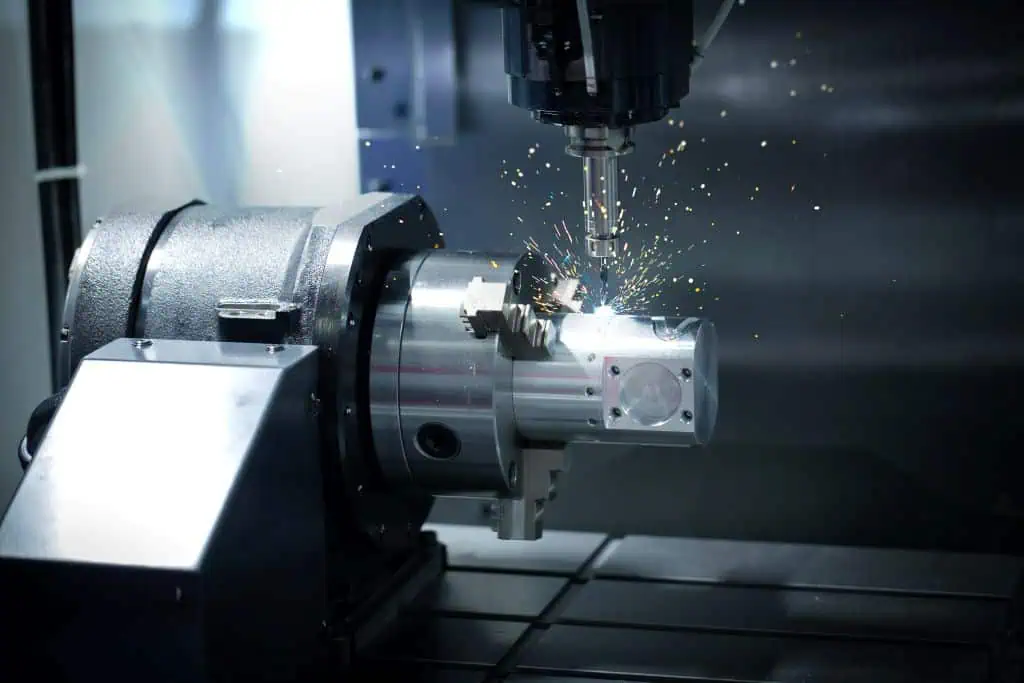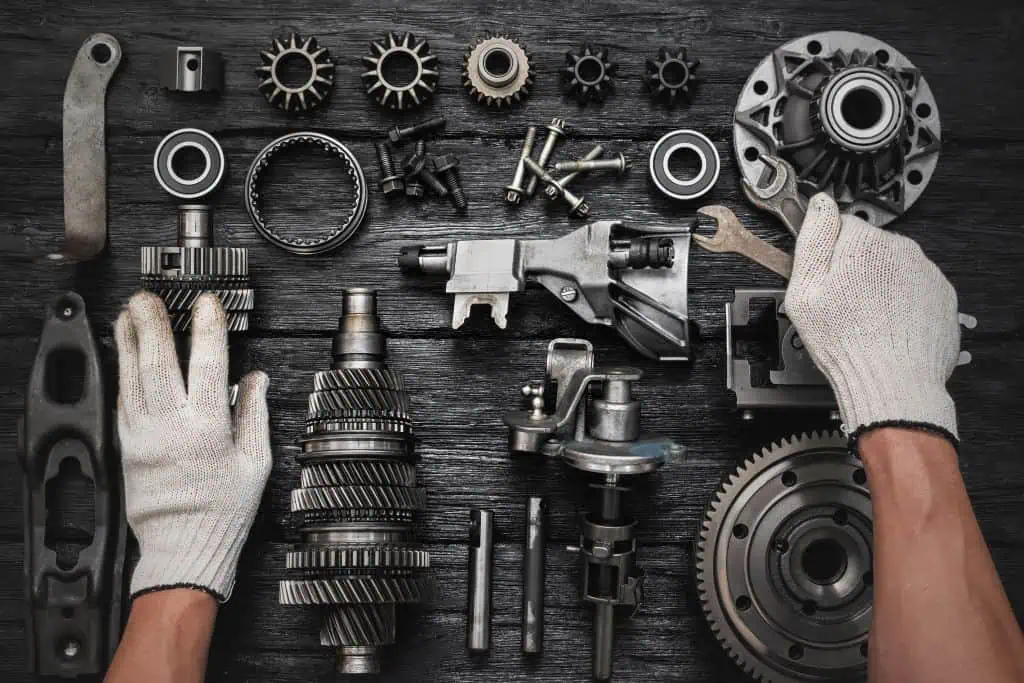Introduction
We undertake a tremendously wide variety of precision welding projects here at Armes Precision of Lynchburg, Virginia, and selecting the appropriate welding technique is crucial for achieving high-quality, durable results. Different fabrication projects require specific welding methods to ensure structural integrity, aesthetic appeal, and efficient production.
As a leading machining, welding, sheet metal forming, and complex part assembly manufacturing company, Armes Precision offers this guide for choosing the right welding techniques for various fabrication projects. Since every engineer should know what goes into a welding project for fabrication, Armes Preicision provides insights into important factors such as material compatibility, joint design, and project specifications.
Why Do Our Customers Care?
While a customer may not be directly involved in the welding work, understanding the importance of choosing the right welding techniques for metal fabrication projects can still benefit them in several ways:
- Quality Assurance: Customers of Armes Precision, a Virginia-based manufacturing company, understand the significance of quality workmanship and structural integrity. By being aware of the appropriate welding techniques for different projects, any customer can ensure that the fabrication shop they are working with follows the machining and welding industry’s best practices. This knowledge empowers them to ask relevant questions and verify that the chosen welding techniques align with the project requirements.
- Design Optimization: Engineering-minded customers often have a deep understanding of materials and their properties. Knowing which welding techniques are suitable for specific materials allows them to collaborate effectively with the industrial fabrication shop during the design phase – collaboration on complex part assemblies that have weldments is paramount to a successful project. An experienced machine shop such as Armes Precision can provide input on joint configurations and material choices that can optimize the welding process, resulting in more efficient fabrication and improved product performance.
- Project Cost and Timeline Management: Welding techniques can have a significant impact on project cost and timeline due to variations in efficiency, productivity, material compatibility, and the need for specialized skills, which can affect labor hours, material usage, rework, and the overall manufacturing project schedule. By understanding the different welding methods and their associated advantages and limitations, an engineering-oriented customer can engage in informed discussions with the fabrication shop. They can explore alternative techniques or suggest modifications that can potentially reduce costs, minimize lead times, or enhance project feasibility.
- Collaboration and Communication: As stated earlier, effective communication between Armes Precision and our customers is crucial for project success. A customer who is knowledgeable about welding techniques can communicate their expectations, concerns, and requirements more clearly. This facilitates better collaboration and promotes a more productive working relationship so we can Create Perfection Together.
- Problem Solving and Troubleshooting: Even when not directly involved in the precision welding process, a customer can contribute valuable insights into troubleshooting welding-related challenges. A customer’s understanding of welding techniques allows them to analyze potential issues and provide input on potential solutions, leading to more efficient problem-solving and resolution.
Ultimately, any customer’s knowledge of welding techniques empowers them to make informed decisions, enhance collaboration, and ensure the quality, efficiency, and success of their fabrication projects manufactured by Armes Precision of Lynchburg, Virginia.
Understanding Welding Techniques
Begin by familiarizing yourself with the various welding techniques commonly used in a leading metal fabrication and machine shop like Armes Precision. These welding techniques may include:
- GMAW (Gas Metal Arc Welding) or MIG Welding,
- GTAW (Gas Tungsten Arc Welding) or TIG Welding,
- SMAW (Shielded Metal Arc Welding) or Stick Welding, and
- FCAW (Flux Core Arc Welding) or Wire Wheel Welding.
Learn about these welding techniques’ characteristics, advantages, and limitations to determine which technique suits your specific project requirements.
Evaluating Material Compatibility
Different metals and alloys have varying characteristics, such as melting points, thermal conductivity, and reactivity. Assess the materials involved in your fabrication project and research which welding techniques are best suited for joining them effectively.
As an example, TIG welding is often preferred for stainless steel due to its ability to produce clean, precise welds.
Joint Design and Preparation
The design and preparation of the joint also plays a vital role in determining the appropriate precision welding technique. Factors to consider include the joint type (butt joint, lap joint, T-joint, etc.), joint thickness, and accessibility. Some welding techniques excel at specific joint designs, such as MIG welding for fillet welds and TIG welding for intricate or thin joint configurations.
Project Specifications and Requirements
Consider the specific requirements of your metal manufacturing or fabrication project, including strength, appearance, and time constraints. Certain welding techniques offer advantages in terms of speed, while others provide superior strength or better control over the weld pool. Balancing these requirements will help you make an informed decision about the most suitable welding technique for your metal manufacturing or fabrication project with Armes Precision.
Training and Skill Set
Lastly, assess the skill level of your welders and the availability of training resources. Some welding techniques, such as TIG welding, require a higher level of skill and precision. If your team lacks experience in a particular technique, it may be necessary to invest in training programs or hire the experienced welders at Armes Precision of Lynchburg, Virginia, to ensure successful project execution.
Conclusion
Choosing the right precision welding techniques is a crucial step in achieving excellent results in a metal fabrication or machining shop. By considering factors such as material compatibility, joint design, project specifications, and the skill set of the team of welders, you can make an informed decision and select the most appropriate welding technique for your fabrication project. Remember to prioritize safety and quality throughout the welding process, ensuring the longevity and integrity of your finished products.
Armes Precision of Lynchburg, Virginia, has been helping clients determine the right welding techniques for their fabrication projects since 1995. As specialists in the fields of Machining, Fabrication and Complex Part Assembly Services, our experienced technicians create customized prototype and production-quality parts that precisely meet your design requirements – always on time and within budget.
Contact Armes Precision for a fast, free quote from a leading Virginia welding and machining shop, and to learn more about our state-of-the-art fabrication facility in Lynchburg, VA. Call 434-237-4552 or visit ArmesPrecision.com/contact; let’s get started creating perfection together.











